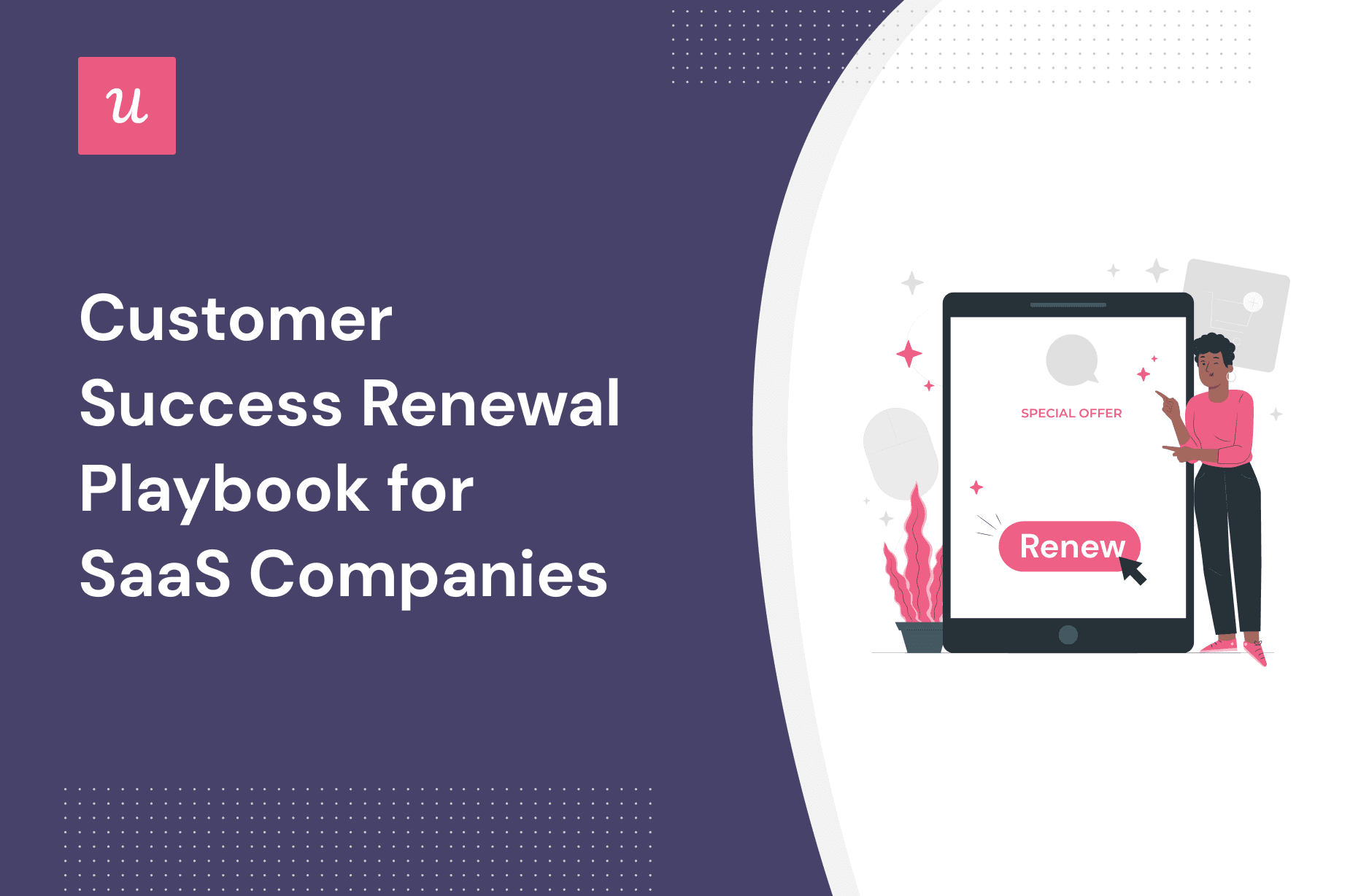
Try Userpilot Now
See Why 1,000+ Teams Choose Userpilot

What is a customer success renewal playbook?
A customer success renewal playbook is a standardized outline of steps to follow during the customer renewal process. It provides customer success managers (CSMs) and teams with directions that ensure consistency and accuracy regardless of the customer involved.
Customer success renewal playbook vs. customer success playbook
A customer success playbook defines the goals, outcomes, touchpoints, and experiences needed for onboarding new users so they can experience success across the customer journey and reduce churn.
On the other hand, the customer success renewal playbook focuses on retaining customers and earning continued revenue through their subscriptions. By driving customer retention, renewal playbooks help you take full advantage of any expansion opportunity through upselling or cross-selling.
Both the renewal and customer success playbooks provide clarity to your process while equipping you with tools to track success. Likewise, both playbooks are unique across SaaS companies, accounting for differences in approach, targets, interaction levels, etc.
Why is a renewal playbook necessary for a customer success manager?
Renewal playbooks are important recipes or guidelines that help customer success managers and a customer success team to:
- Improve customer retention: The entire goal of the renewal playbook is to drive customer renewals. A successful playbook gets more customers to continue as subscribers for the next month/quarter/year.
- Improve product adoption: A customer must use your product to continue investing in it. As such, the playbook first ensures increased product adoption.
- Increase customer satisfaction: The renewal process is highly dependent on the satisfaction of customers. Thus, a playbook addresses the customer’s needs and challenges, boosting customer satisfaction.
- Manage the renewal process more easily: Playbooks help with accuracy and structure. Having each step laid out before you start ensures you follow the entire process correctly without skipping any steps. It also helps determine the best time to send out a renewal notice.
- Spot renewal opportunities: A good playbook increases your understanding of customer behavior, making it easier to identify and spot a renewal opportunity from a mile away.
When does the customer renewal process start?
The renewal process begins immediately after a customer signs up for your product or service. It spans the entire length of the user journey, from signup to onboarding to enjoying your value proposition, and is a continuous and ongoing process.
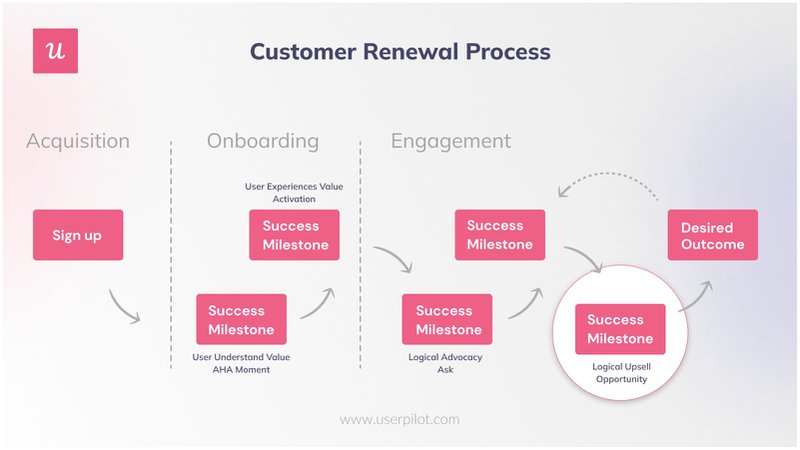
Let’s take a closer look at what customer success renewal entails at the different stages of the user journey.
Renewal process during the onboarding stage
At the onboarding stage, the customer has just started using your product with a goal in mind. Success at this stage involves identifying the user’s desired business outcomes with your product and helping them achieve that outcome in the shortest time.
A good onboarding experience fosters trust in your brand and success with the product. It also drives the conversion rate from free trial to paid users, also known as the “initial renewal process.”
To achieve customer success at the onboarding stage you must understand the challenges faced by different users and address them during onboarding. You can do this by segmenting new users and triggering contextual onboarding flows for them.
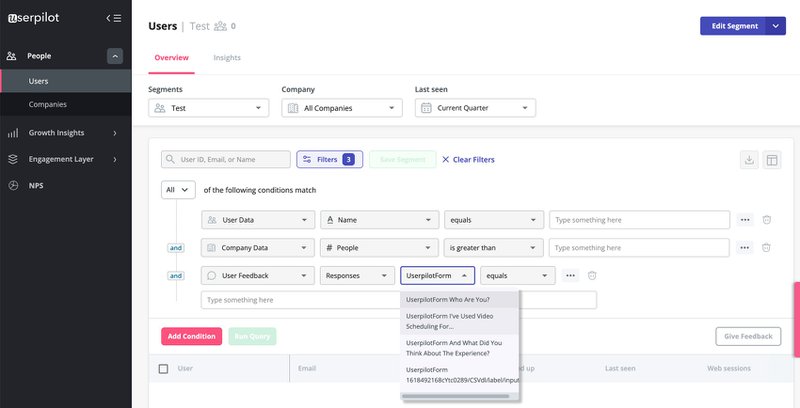
Ensure that each user’s onboarding flow addresses their needs and concerns. It should also showcase your product’s key features that help them reach their goals.
Renewal process during the adoption stage
Every new customer should immediately and continuously derive value from your product. To do this, it’s pertinent that they quickly adopt and explore the product’s relevant features.
The goal of the adoption stage is quite simply product adoption. Users should love the product and the customer experience enough to make the product a part of their toolkit. They should identify the value of the product in the shortest possible time.
You can drive product adoption by eliminating the challenges users face when getting familiar with your product. Build upon your primary onboarding and drive extra value by using tooltips and modals to showcase secondary features.
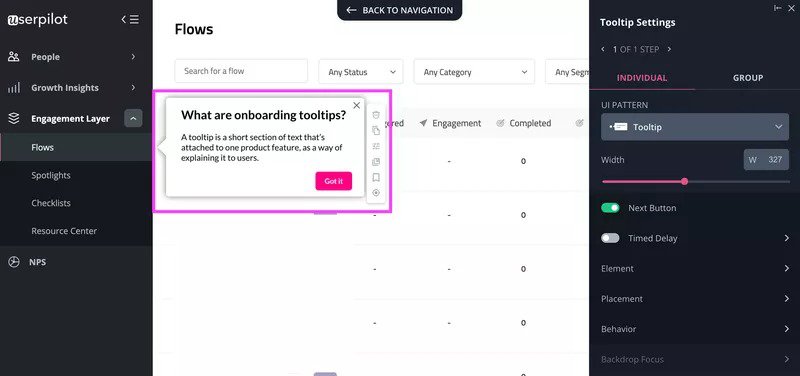
For instance, you may want to highlight features that are common among your loyal customers to the new users and promote these.
Renewal process during the retention stage
The retention stage is the stage where you monitor customer health by tracking the customer’s behavior in-app. At this stage, the customer has adopted the product. Now, you want to nurture that interest and make them stick.
It would help if you also looked for ways to help them derive even more value from your product.
Take advantage of a customer success platform to peek into users’ activities. Are there features they aren’t using enough? Introduce them to these features. Have you released new features? Curate new feature announcements that drive adoption.
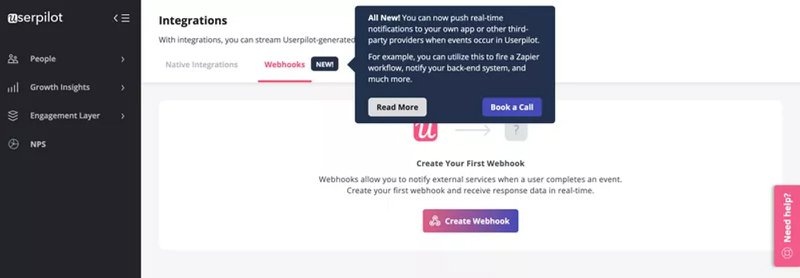
As you track your customers’ health, look out for opportunities to turn customers into brand advocates. Customers who put their support for your brand out there are more likely to remain committed in the long run.
Renewal process during the expansion stage
As customers achieve comfort with your product, you enter the expansion stage. This is the time to pursue upselling and cross-selling opportunities that increase customer value and boosts your revenue.
You can identify the right customers for these opportunities via customer surveys. Conduct NPS surveys to identify your promoters and friction points that lead to dissatisfaction among detractors.
Follow up with detractors to better understand the reasons for their dissatisfaction. Then, work on addressing these issues. As you do, you will establish long-lasting customer relationships that drive retention and expansion.
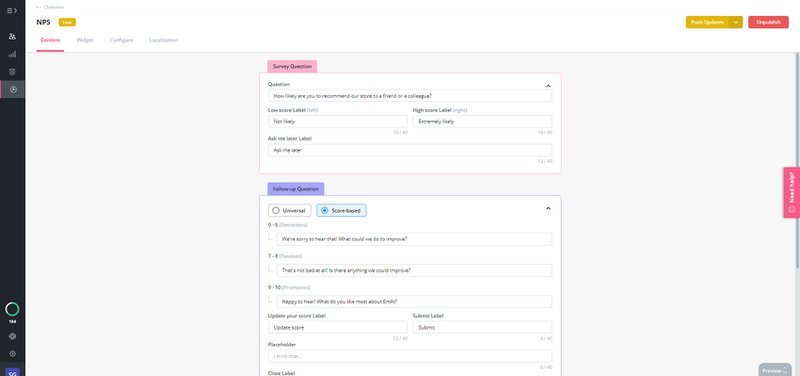
How should a customer success manager track progress?
Customers consider multiple factors before making renewal decisions. As the Chief Customer Officer, you must ensure these factors are a net positive for your brand long before any renewal conversation.
So, how can you track your progress and measure your customer’s likelihood to renew? Consider four areas of customer health that shed insight into the customer’s thinking.
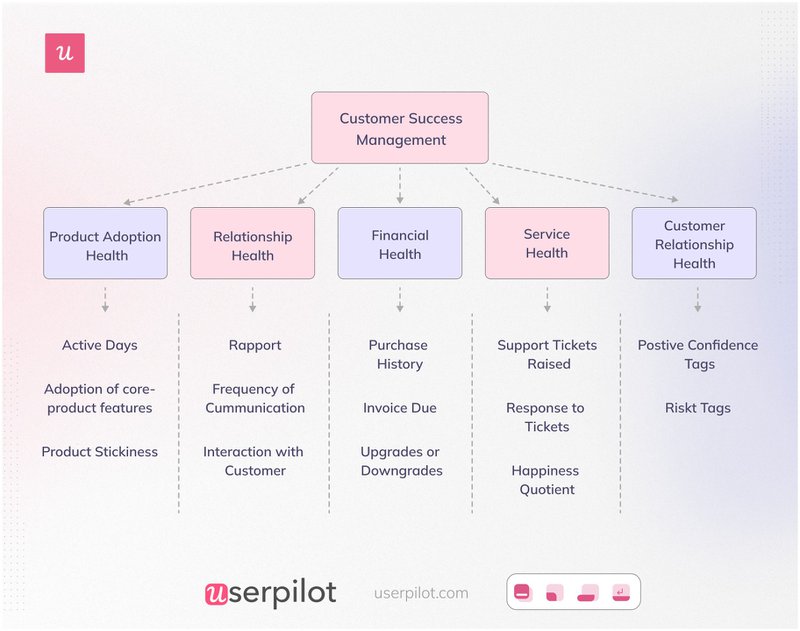
Product adoption health
Product adoption health approximately answers the question: “Are my customers getting value?” Your product adoption levels tell you the percentage of your customers that have adopted your product and how many experience friction in their usage.
You can determine your adoption health by tracking values like product stickiness (users’ tendency to return to your product because they find it engaging), number of daily/monthly active users, and feature adoption.
Service quality health
The service quality health is a proxy for measuring whether you’re constantly delivering top-notch support to clients and communicating clearly with them.
It answers the question: “Are service-level agreements (SLAs) being met for the support tickets raised by customers?” Customers who receive timely and reliable support are more likely to value your brand.
To learn how to reduce the number of customer support tickets you receive, check out how this company cut down theirs by 83%.
Financial health
This aspect tracks how financially supportive customers are of your brand. It also helps you determine the effectiveness of your messaging. For instance, have customers upgraded or downgraded their product package?
The result of your tracking efforts here will determine whether your messaging should be altered or you’ll be better off re-targeting users’ demographics similar to those who upgraded.
Customer relationship health
Customer relationship health examines the strength of the relationship between business and customer. How many touchpoints do they have with you? Are they successful? How many drop out of the customer journey? At what stage do they drop out?
Measuring customer relationship health helps you identify and fix pain points in your journey. It also makes it easier to spot expansion opportunities as they arise.
Customer success renewal playbook best practices
The key to a strong playbook is staying proactive while keeping things simple but effective. Consider some ways you can do this.
Create a customer-centric approach
A customer-centric business focuses on creating solutions that satisfy its customers’ needs. Your goal here is to achieve sustainable customer success and build long-term relationships with users.
One way to be more customer-centric is to have a public roadmap that incorporates public feedback into your product development process.
For example, you could share what new features your team is working on and get users’ ideas/thoughts on them.
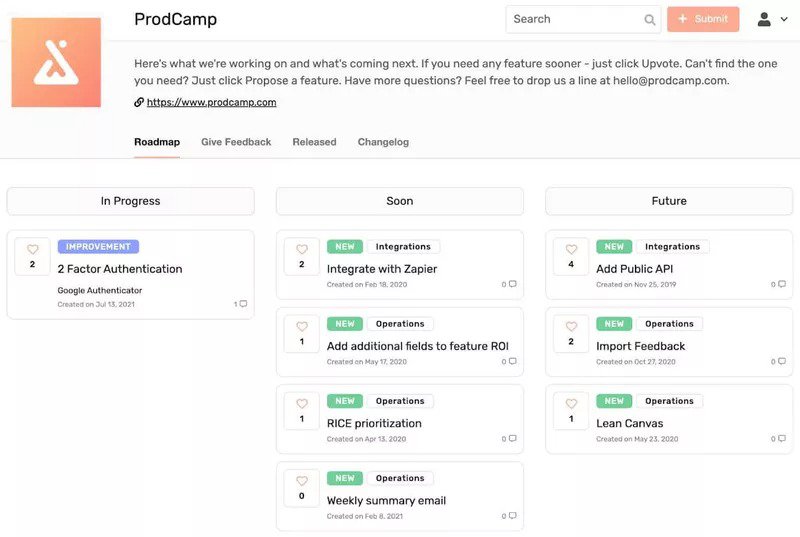
Likewise, you could encourage users to share new feature ideas or ideas on how existing features can be improved. Identify customers waiting for the launch of a particular feature and personally inform them when you launch.
Constantly monitor customer behavior
Regularly collect and analyze customer behavior data. This data tracks any customer’s interactions inside the product and across the different customer journey stages: from onboarding engagement to feature usage and more.
Customer behavior analysis helps you track, gauge, and analyze the behavior of existing customers. It provides insight into customers’ engagement data, helps you identify your most valuable users, and guides your customer segmentation and personalization efforts.
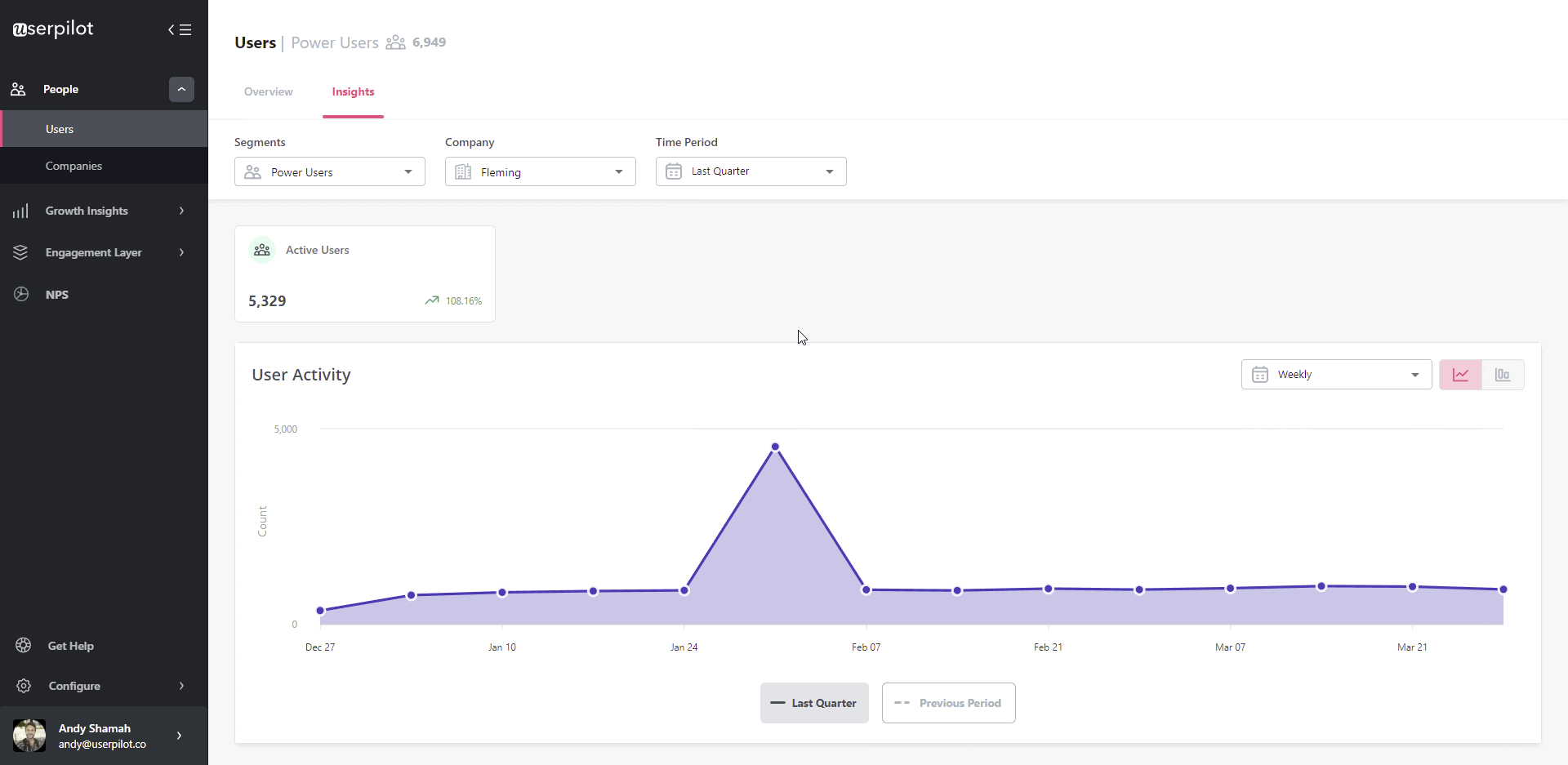
Closely tracking customer behavior will help you identify characteristics of “healthy customers,” spot churn-prone behavior, and fix them.
Collect and act on customer feedback
Despite your best efforts, the user journey will have areas of confusion or dissatisfaction. Collecting feedback from customers either during or after they use your product will help you identify these areas of dissatisfaction.
Use in-app surveys to collect feedback along the user journey. Ensure you acknowledge every customer complaint and work on addressing the problem.
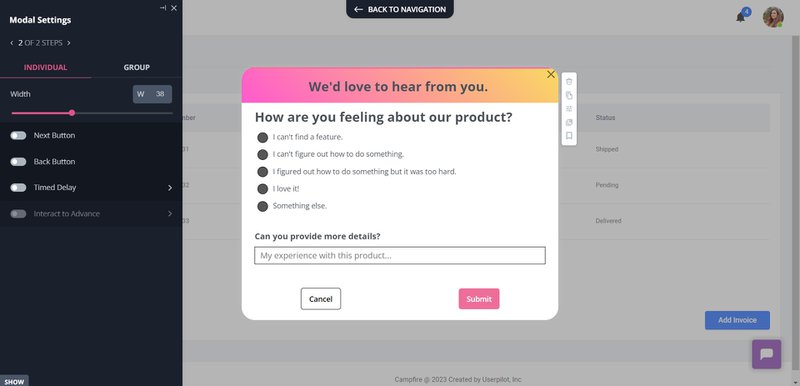
Finally, once a problem has been addressed, close the feedback loop by informing the customer and making sure that they’re satisfied.
Deliver top-notch customer support
Implement a self-service support system to reach users who would rather solve their problems on their own than reach out for help. Self-service support eases the job of customer support agents by making support available on demand.
A typical self-service portal may include knowledge base articles, video tutorials, webinars, FAQs, case studies, etc. to address potential issues users may face with your product.
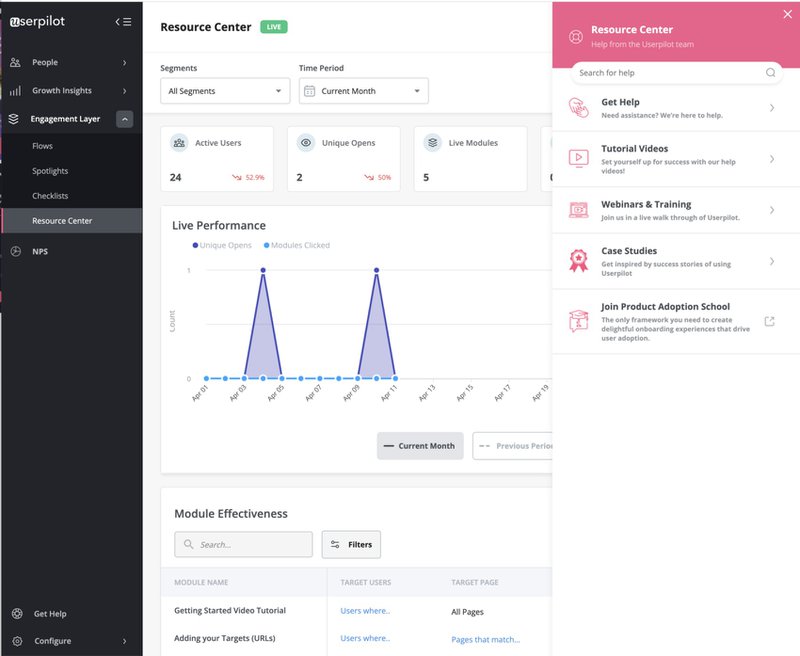
You can also provide regular tips and tutorials in-app to guide users through new or unused features.
Constantly educate your customers to deliver additional value
For your customers to stick around and renew their subscriptions, you need to constantly deliver value. This means providing them with the tools and knowledge they need through customer education programs.
One way to educate customers is through webinars or an academy. Use these to help users better understand the theory behind your product as well as real-life application scenarios.
For instance, Userpilot’s product adoption school helps users understand the concept of user onboarding and user journey mapping from the Aha moment to activation and adoption.
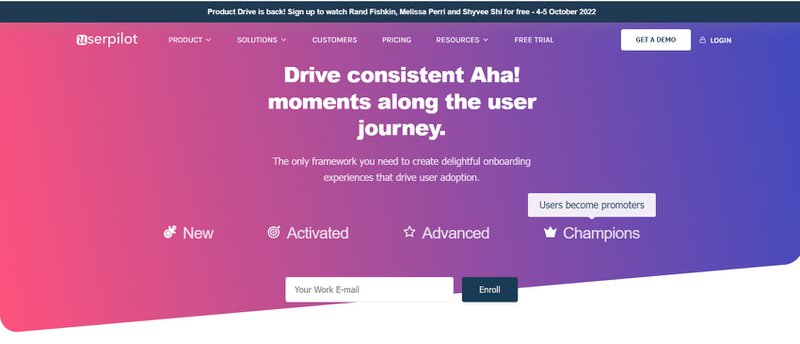
How to build the ultimate renewal playbook with Userpilot
Ready to design an effective playbook that drives customer success and boosts net retention? Userpilot provides code-free tools for implementing a customer success strategy. Its features help you:
Collect customer data in-app
Userpilot provides multiple tools for collecting customer data in-app. Conduct customer sentiment analysis using different kinds of surveys, including feedback surveys, user persona surveys, NPS surveys, churn surveys, and more.
Track and analyze user engagement data using tools like autocapture, funnels, paths, and custom dashboards that reveal different product usage data points.
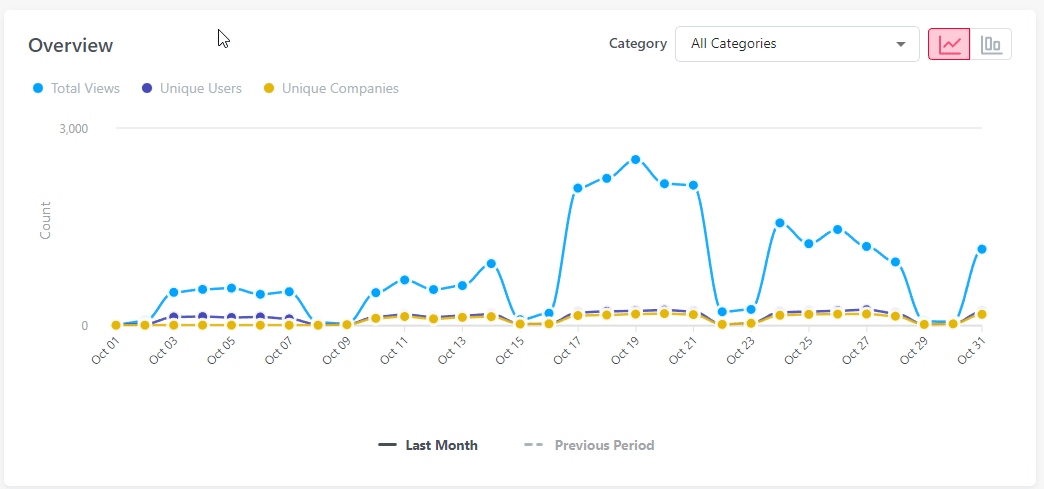
As you collect this data, you’ll make more accurate forecasts concerning the behavioral patterns that encourage engagement, find churn-prone users, and identify ways to improve satisfaction.
Personalize customer journey for new customers
Create interactive onboarding flows with Userpilot. Make your onboarding flow engaging using UI elements like modals, slideouts, tooltips, and driven actions.
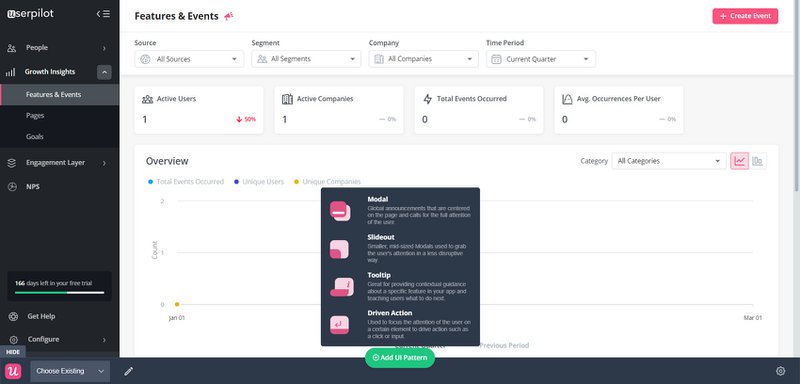
Segment your users according to their goals with Userpilot’s advanced segmentation tool. Then, deliver personalized experiences that help them quickly find value and reach the activation point.
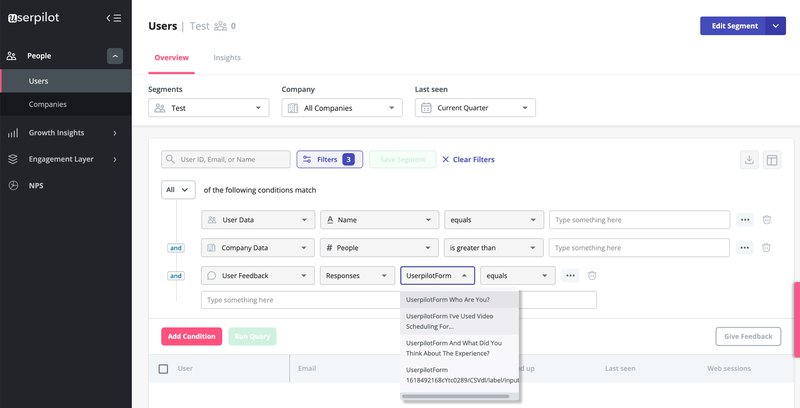
Monitor customer success with goal-setting
Ensure your customer success efforts are effective by adding goals to the user journey. Userpilot enables you to create goals and milestones around the user journey and track their progress.
You can also onboard and engage mobile app users by creating personalized messaging, push notifications, and surveys with Userpilot.
As you monitor user goals, you’ll uncover friction points, determine users about to churn, and proactively engage them to reduce churn.
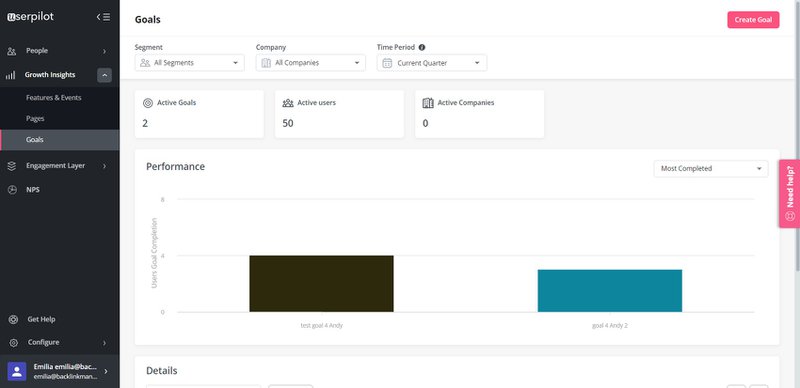
Conclusion
The drive to retain customers is a never-ending one. From the moment a customer signs up for your product, your work as a CSM begins to ensure they achieve desired outcomes and keep them on board.
Userpilot helps you better understand your customer’s business, challenges, and purpose to help you build the ultimate customer success renewal playbook. Book a demo to learn more!






